DIEP (Deep Inferior Epigastric Perforator) Flap
The DIEP (Deep Inferior Epigastric Perforator) flap is a specialized type of breast reconstruction in which the patient’s abdominal skin and fat (autologous tissue reconstruction) are used to form a soft, natural breast.
IIn broad generalities, tissue expander to implant-based reconstruction can be achieved with relatively minimal downtime and relatively minimal operating room time. However, multiple office visits are required to achieve fullness of the breast, prior to the permanent implant replacement procedure, resulting in more than one visit to the operating room to create the final breast mound. Implants are not meant to last forever, as they are man-made devices, and therefore the likelihood is that a patient will have to have her permanent implant changed at some point in the future for one of any number of reasons. Autologous tissue reconstruction, then, is an alternative for breast reconstruction in many patients.
More specifically, in the DIEP flap procedure, no muscle is used for the reconstruction, and instead delicate blood vessels at the abdomen, “perforators” measuring just 2-3 mm, are separated from the rectus abdominis (“six pack”) muscles and traced to their larger source vessels. This allows for preservation of the muscle and overlying fascia, thus expediting recovery and limiting morbidity of the abdominal wall. The skin, fat, and their newly freed blood vessels, are brought to the chest where the mastectomy was performed, and then connected to chest blood vessels. Ultimately, a new breast is created.
Koshima and Soeda in Japan first reported, in 1989, transferring skin and fat from the abdomen to another anatomic location of the body, while sparing the underlying muscle. Thereafter, Allen and Treece in 1994 further described transferring this abdominal tissue based on perforator vessels specifically to the breast. In 1999, Blondeel and Hamdi further popularized the DIEP flap procedure, describing their techniques and experience.
Though first described decades ago and streamlined years later, the DIEP flap procedure’s intricate nature has traditionally kept it out of reach for most plastic surgical practices, facilities, and therefore most patients.
Clearly, this is not a procedure that can be performed on every single patient. However, it may be the best procedure for many candidates if all other things are equal. A patient’s comorbidities (other health conditions) must be taken into account, any prior abdominal surgeries must be reviewed, the volume of abdominal tissue should be assessed, and the patient’s goals should be appraised. Importantly, a patient’s radiation history and physical examination at the former breast site is critical, as implant-based reconstruction in such previously irradiated situations may not be ideal, and instead autologous reconstruction may provide improved outcomes.
Pedicled flaps are reconstructive procedures in which the skin, fat, and typically muscle are all rotated from one area of the body into another area. For example, the TRAM (Transverse Rectus Abdominis Myocutaneous) flap moves lower abdominal skin, fat, and rectus abdominis muscle into the breast defect at the chest. The tissues are not removed from the body at any point, and instead stay connected at some base location. These flaps typically have good blood supply, and the procedure can be performed typically in far less time than a DIEP flap. However, as will be described below, a greater level of morbidity (resulting health issue) is noted when compared to the DIEP flap.
Perforator flap breast reconstruction such as the DIEP flap is a specialized form of microsurgical “free flap,” but not all free flaps are perforator flaps. A perforator flap differs from a traditional free flap in that the muscle is fully cleared from the blood vessels and spared in a perforator flap.
We will review whether you are an appropriate candidate for the DIEP flap procedure, initially based upon your history and physical examination. Thereafter, an imaging study of the abdomen is typically obtained to determine the suitability of the abdominal blood vessels for the DIEP flap operation.
DIEP flaps have been described as the “gold standard” for breast reconstruction, and there are numerous reasons why this is the case. DIEP flap reconstruction has been shown to be less painful in the immediate hospitalization when compared to expander-based reconstruction. The DIEP flap specifically has been shown to have a lesser degree of morbidity and a shorter length of hospital stay when compared to pedicled TRAM flaps. DIEP flap reconstruction has additionally been shown to have a 99% success rate if regularly performed, and requires fewer procedures and office visits to completion of reconstruction than implant-based breast reconstruction.
Most importantly, autologous tissue breast reconstruction using the abdomen has been shown to have the highest level of patient satisfaction when compared to other forms of breast reconstruction, and autologous tissue reconstruction tends to improve with time.
Our practice is one of very few in Connecticut that is able to offer DIEP flap breast reconstruction. In fact, less than 5% of plastic surgeons perform these complex microsurgical reconstruction procedures. We continue to not only treat patients referred from within our own community, but also nationally as well.
For additional review of the DIEP flap anatomy and procedural steps, please click here.


